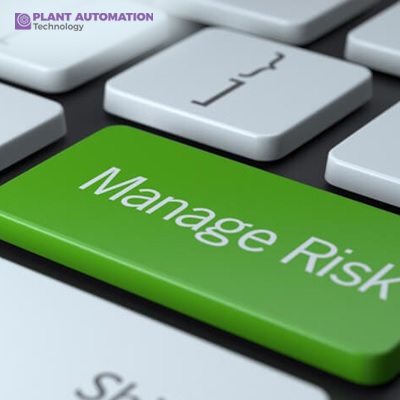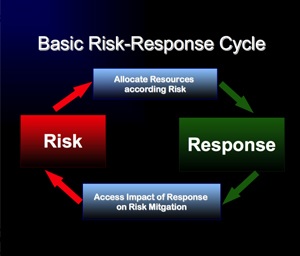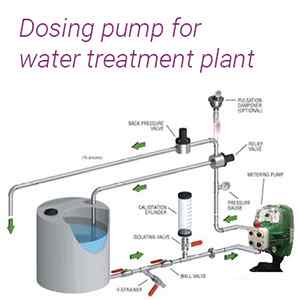Risk Management in Automation: Mitigating Challenges and Ensuring Operational Continuity

In the ever-evolving industrial landscape, automation has become a cornerstone of operational efficiency and productivity. However, the integration of advanced technologies introduces complexities and vulnerabilities that necessitate robust operational risk management. Effective risk management in automation is crucial to mitigate challenges, ensure operational continuity, and safeguard the integrity of automated systems. This comprehensive guide explores the key components of risk management in automation, emphasizing asset management, data integrity, safety management, and compliance management systems to create a resilient operational environment.
Understanding Operational Risk Management
Operational risk management involves identifying, assessing, and mitigating risks that could disrupt business operations. In the context of automation, this encompasses technological, operational, and cybersecurity risks. The goal is to develop a comprehensive risk management framework that addresses potential threats and ensures operational continuity.
Risk Identification and Assessment
The foundation of effective risk management is thorough risk identification and assessment. This involves a detailed analysis of all potential risks associated with automated systems, including hardware failures, software vulnerabilities, human errors, and external threats. By identifying these risks early, organizations can prioritize mitigation strategies and allocate resources effectively.
Asset Management in Automation
Asset management is a critical aspect of operational risk management. In automated environments, assets include physical machinery, software, and digital resources. Digital asset management ensures that digital resources, such as software licenses and data, are tracked, maintained, and secured. Similarly, IT asset management focuses on managing the lifecycle of IT assets, from procurement to disposal, ensuring that all assets are accounted for and protected.
Safety Management Systems
Safety management is crucial in automated environments to protect both human workers and equipment. Comprehensive safety management systems include risk assessments, safety protocols, and regular safety audits. These systems help identify potential hazards, implement safety measures, and ensure compliance with safety regulations. Reliability testing of automated systems is also essential to ensure that they operate safely under various conditions.
Network Security and Intrusion Detection
Automated systems are highly dependent on network connectivity, making network security a top priority. Implementing robust network security measures, such as firewalls, encryption, and secure communication protocols, is essential to protect against cyber threats. Additionally, intrusion detection systems (IDS) play a vital role in monitoring network activity for suspicious behavior, enabling quick response to potential security breaches.
Compliance Management Systems
A strong compliance management system ensures that automated operations adhere to industry regulations and standards. This involves regular compliance audits, documentation of compliance efforts, and staying updated on regulatory changes. Compliance management not only mitigates legal and financial risks but also enhances the organization’s reputation and trustworthiness.
Risk Management Framework
A well-defined risk management framework is essential for systematically addressing risks in automation. This framework should include policies, procedures, and guidelines for risk identification, assessment, mitigation, and monitoring. It should also define roles and responsibilities, ensuring that all employees understand their part in maintaining operational security and continuity.
Alternative Investment Management
In addition to traditional risk mitigation strategies, organizations can explore alternative investment management approaches to diversify risk exposure. This includes investing in redundant systems, backup power supplies, and alternative data centers. By diversifying investments, organizations can reduce the impact of any single point of failure and enhance overall resilience.
Capital Fund Management
Capital fund management strategies are crucial for ensuring financial stability in the face of operational risks. This involves allocating funds for risk mitigation measures, such as cybersecurity enhancements, safety upgrades, and disaster recovery plans. Effective capital fund management ensures that organizations have the financial resources to respond to unexpected events and maintain operational continuity.
Best Practices for Risk Management in Automation
- Conduct Comprehensive Risk Assessments: Regularly assess potential risks to identify vulnerabilities and prioritize mitigation efforts.
- Implement Robust Asset Management: Utilize digital asset management and IT asset management tools to track and protect all assets.
- Ensure Data Integrity: Implement data validation, secure storage, and regular audits to maintain data integrity.
- Enhance Safety Management: Develop and maintain comprehensive safety management systems to protect workers and equipment.
- Strengthen Network Security: Use firewalls, encryption, and intrusion detection systems to safeguard network communications.
- Adopt a Compliance Management System: Ensure compliance with industry regulations through regular audits and documentation.
- Develop a Risk Management Framework: Create a structured framework for risk identification, assessment, mitigation, and monitoring.
- Explore Alternative Investments: Diversify investments to enhance operational resilience and reduce single points of failure.
- Manage Capital Funds Effectively: Allocate funds for risk mitigation and disaster recovery to ensure financial stability.
Conclusion
Effective risk management in automation is a multifaceted endeavor that requires a proactive and comprehensive approach. By integrating robust asset management, ensuring data integrity, enhancing safety management, and implementing a strong compliance management system, organizations can mitigate risks and ensure operational continuity. Adopting a structured risk management framework, exploring alternative investment management strategies, and practicing prudent capital fund management are essential steps toward building a resilient operational environment. In an increasingly automated world, these measures are critical to safeguarding the integrity and efficiency of business operations, ultimately driving sustained success and growth.

















